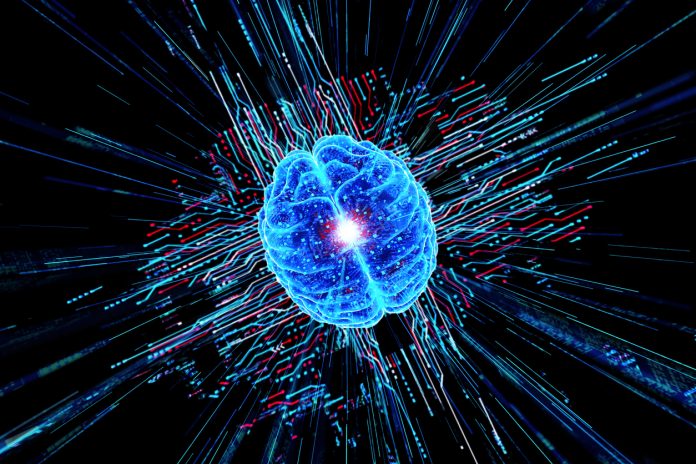Artificial intelligence has overtaken humans when it comes to creative thinking, according to research into generative AI and its untapped abilities
Researchers from the University of Alberta have conducted a study that compared the creative potential of humans against GPT-4, an advanced generative language model.
PhD students Kent F. Hubert and Kim N. Awa and assistant professor Darya L. Zabelina, looked into divergent thinking and the ability to generate innovative solutions to open-ended questions.
Divergent thinking
The study used three tests to measure divergent thinking: the Alternative Use Task, the Consequences Task, and the Divergent Associations Task.
These tests challenged participants to create imaginative uses for everyday objects, envision potential outcomes of hypothetical scenarios, and generate semantically distant nouns.
GPT-4 always exceeded human participants across all tests. Not only did the AI produce a greater number of responses, but its answers also exhibited higher levels of originality and complexity. Even when accounting for the fluency of responses, GPT-4 demonstrated outstanding creative potential.
The authors found that “Overall, GPT-4 was more original and elaborate than humans on each of the divergent thinking tasks, even when controlling for fluency of responses. In other words, GPT-4 demonstrated higher creative potential across an entire battery of divergent thinking tasks.”
Creative responses
The study’s authors emphasise several important caveats. While AI excels in generating creative responses, it lacks the agency of human cognition and depends on human interaction for promptness.
The suitability of GPT-4’s responses needed to be evaluated, raising questions about the real-world applicability of its creativity.
Despite these limitations, the implications of AI’s creative prowess are deep. The study challenges conventional ideas of human superiority in creative thinking and highlights the rapid advancements of large language models. It also sparks debate over AI’s potential threats to human creativity.
The human brain vs AI
Critics argue that the tests used in the study may only partially capture the range of human creative potential. Human participants may have felt restrained by the need for their responses to be grounded in reality, unlike the unconstrained nature of AI-generated responses.
Questions also occur regarding the generalisability of these tests to different individuals and the adequacy of their assessment of creative thinking.
The study opens doors to a future where AI is a tool for inspiration and helps overcome creative stagnation. While the debate over AI’s role in human creativity continues, the authors expect a promising outcome where AI complements rather than replaces human creativity.
The authors see “Moving forward, future possibilities of AI acting as a tool of inspiration, as an aid in a person’s creative process or to overcome fixedness is promising.”
Editor's Recommended Articles
-
Must Read >> A new AI model outperforms ChatGPT in tests














